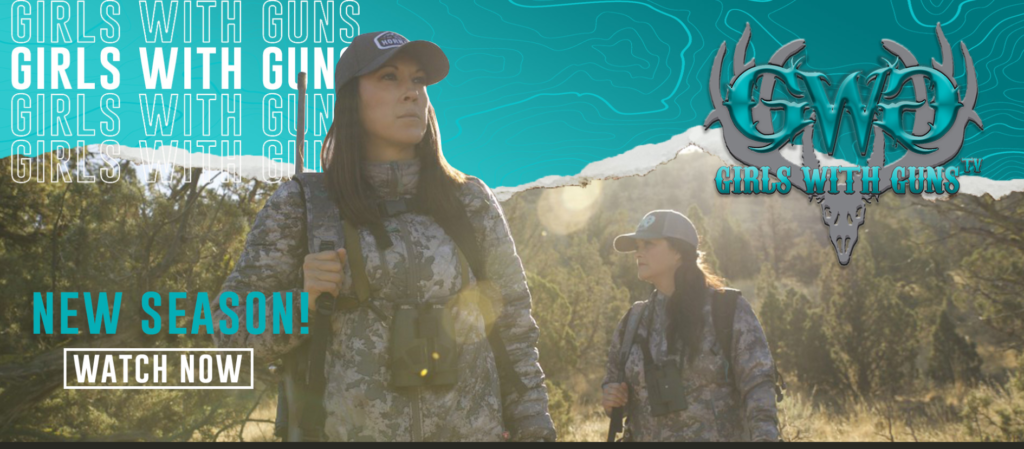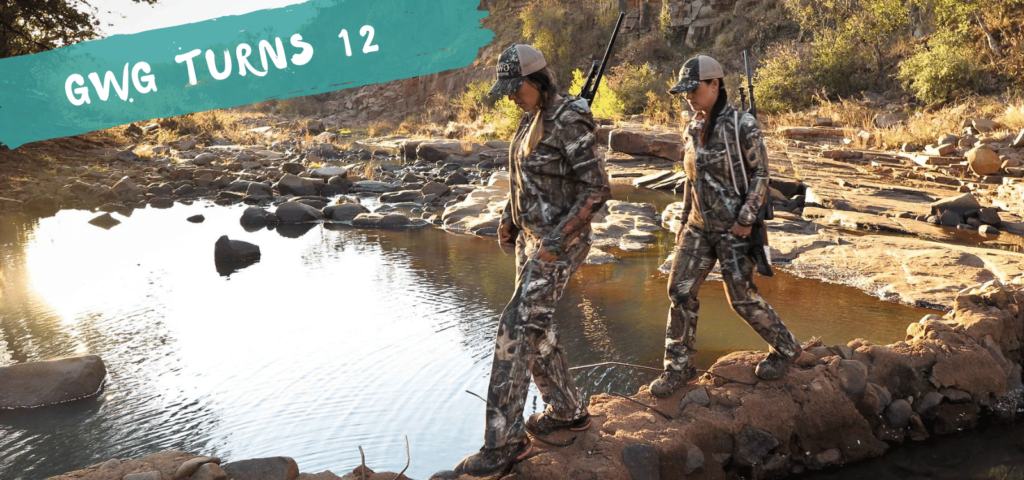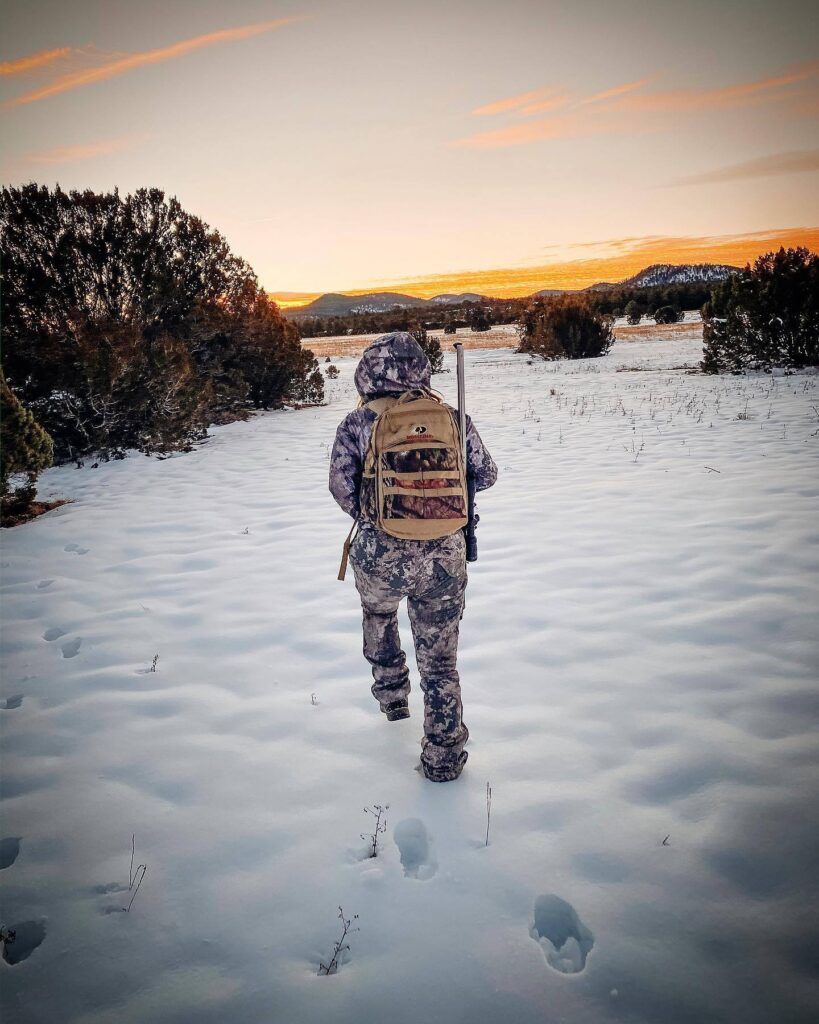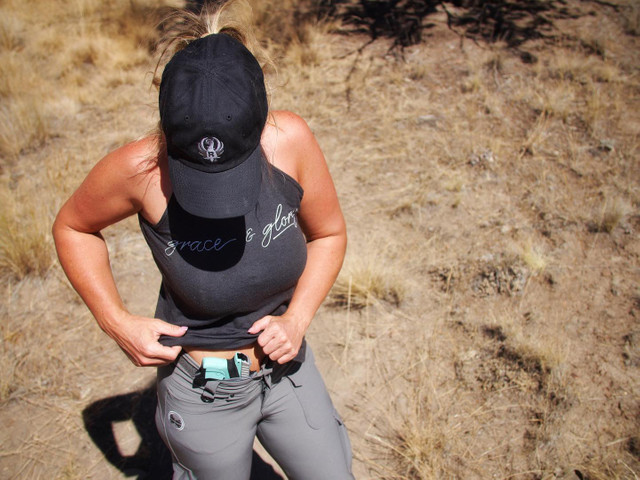Blogs
Setting Up A Game Camera
Setting Up A Game Camera
By Chelsie Wilkey | GWG Team Ambassador
A proper game camera set up it a crucial part of scouting. When used properly a game camera can help maximize your chance of harvesting a mature buck and hunters depend on the way they set up their camera to produce results for the hunting season. By taking your time and following these tips you can also produce results and have an awesome scouting experience.[/vc_column_text][vc_single_image image=”44630″ img_size=”medium” alignment=”center”][/vc_column][/vc_row][vc_row][vc_column][vc_column_text]
Finding a location:
Just like hunting, you want to find a spot that is frequented by deer daily. Heavily used trails, water holes,ad food plots all make for good areas. The more signs of the target species, the more photos will be on your SD card.
Pinpointing the high traffic areas:
Now that you have found a location, you need to narrow it down to the highest traffic spots. Check for fresh tracks on the trails, around the water holes, or through the food plot. The main idea is to find the area in your location that will give you the largest volume of pictures on your SD card.
Facing your camera in the right direction:
One thing to consider is the sun. Sun flares can really mess with photos, so one simple step is to set the camera up, ideally, North. If that will not work with your location try to set it up facing South. Try to not set it up facing West or East, with the sun rising and setting those directions sunflares will be a part of all of your pictures.
Prepping the location:
Now that you have the perfect location picked it is time to make sure that there is not bushes, trees, or high grass that could ruin your pictures. Take your time and clear anything that might interfere, don’t go overboard. Keep in mind it still needs to look “natural”.
Picking the perfect height:
Higher cameras tend to take better quality pictures. Putting a camera higher, around 6 feet high and angling it down, can also minimize the chance of the deer spotting the camera. If the camera is lower and deer spot them sometimes they will move out of the area and not return. (We don’t want that to happen!)
Blend it in:
When hunting we want to blend in as much as possible, right? Same goes for cameras. Brush them in a little, I know we talked about getting rid of stuff that is in the way but we are now just trying to camouflage it a little. Putting a few branches around the camera or through the strap can keep your camera from sticking out like a sore thumb.
The perfect settings:
Now comes the fun part, playing with the camera settings. Multishots or video tend to give the best view of the animal, just because they tend to move quickly. Play around with the settings and see which settings work best with the location.
When to check:
Try to keep checking your camera to a minimum. Once a week or every other is ideal. The less human scent that is in the area the more activity you will have in the long run. If you are baiting the location and need to re-bait try to do it once a week.
The end results:
All of your hard work will show in the photos! Anytime you set up a camera keep these steps in mind, adjust if needed so you can continue getting quality photos! Good luck this hunting season![/vc_column_text][vc_media_grid grid_id=”vc_gid:1595355694875-53e8f74a-246d-9″ include=”44627,44628,44629″][/vc_column][/vc_row]





